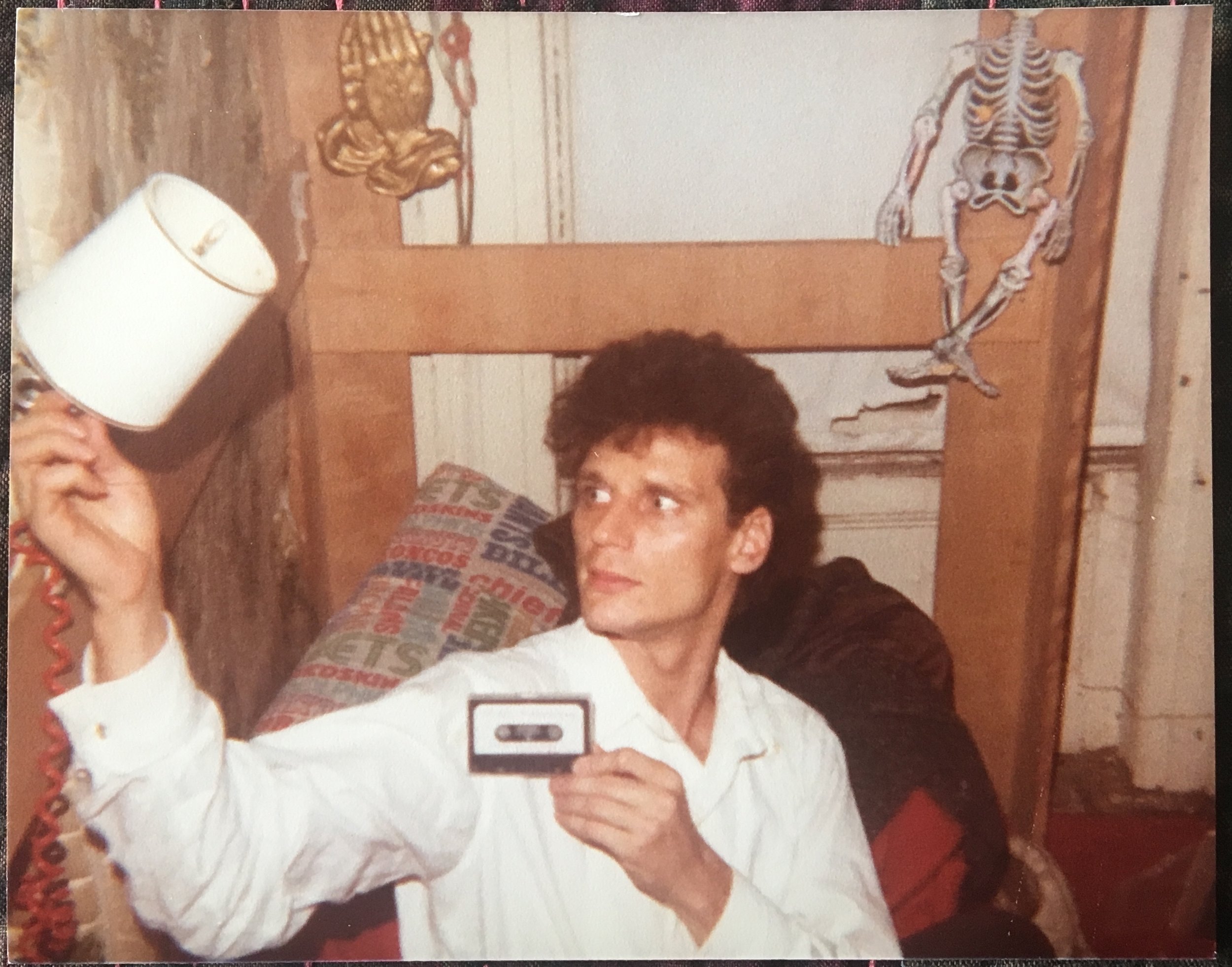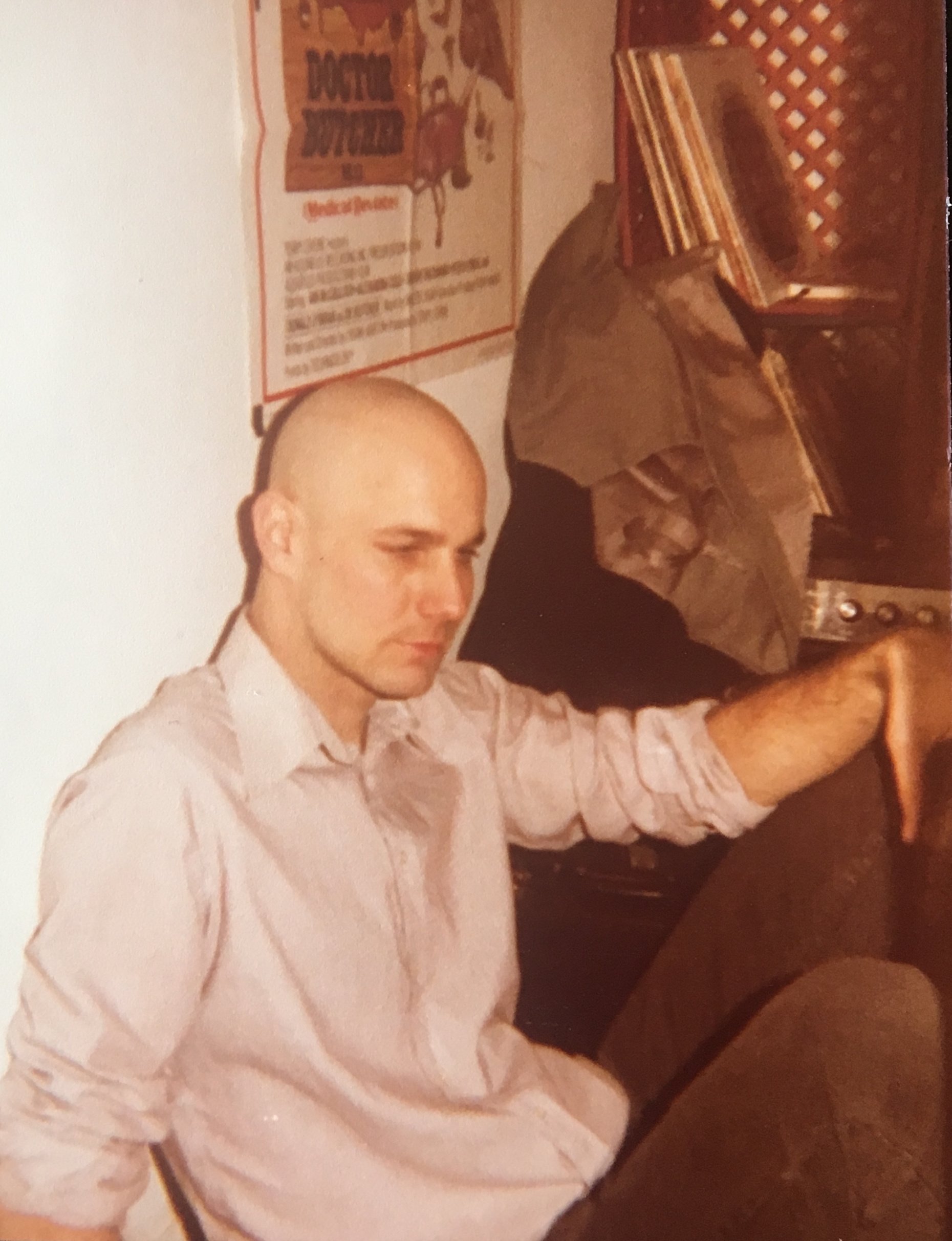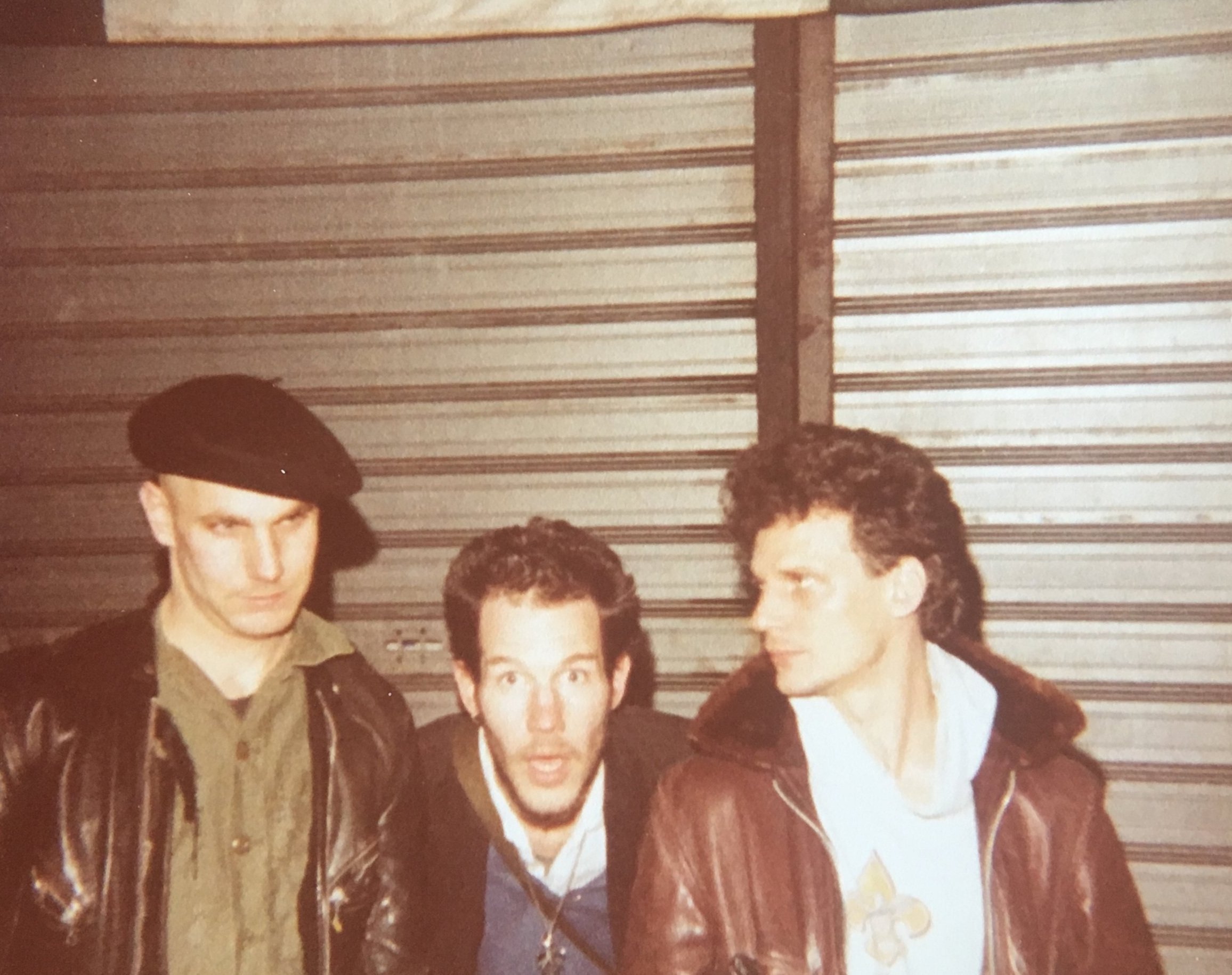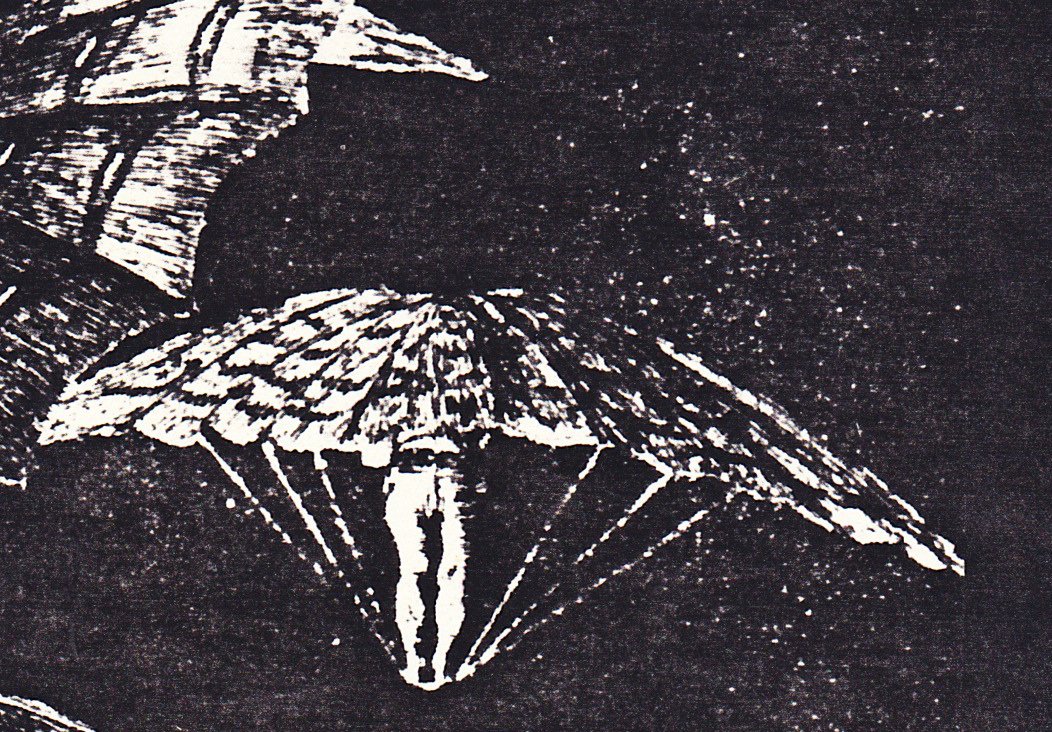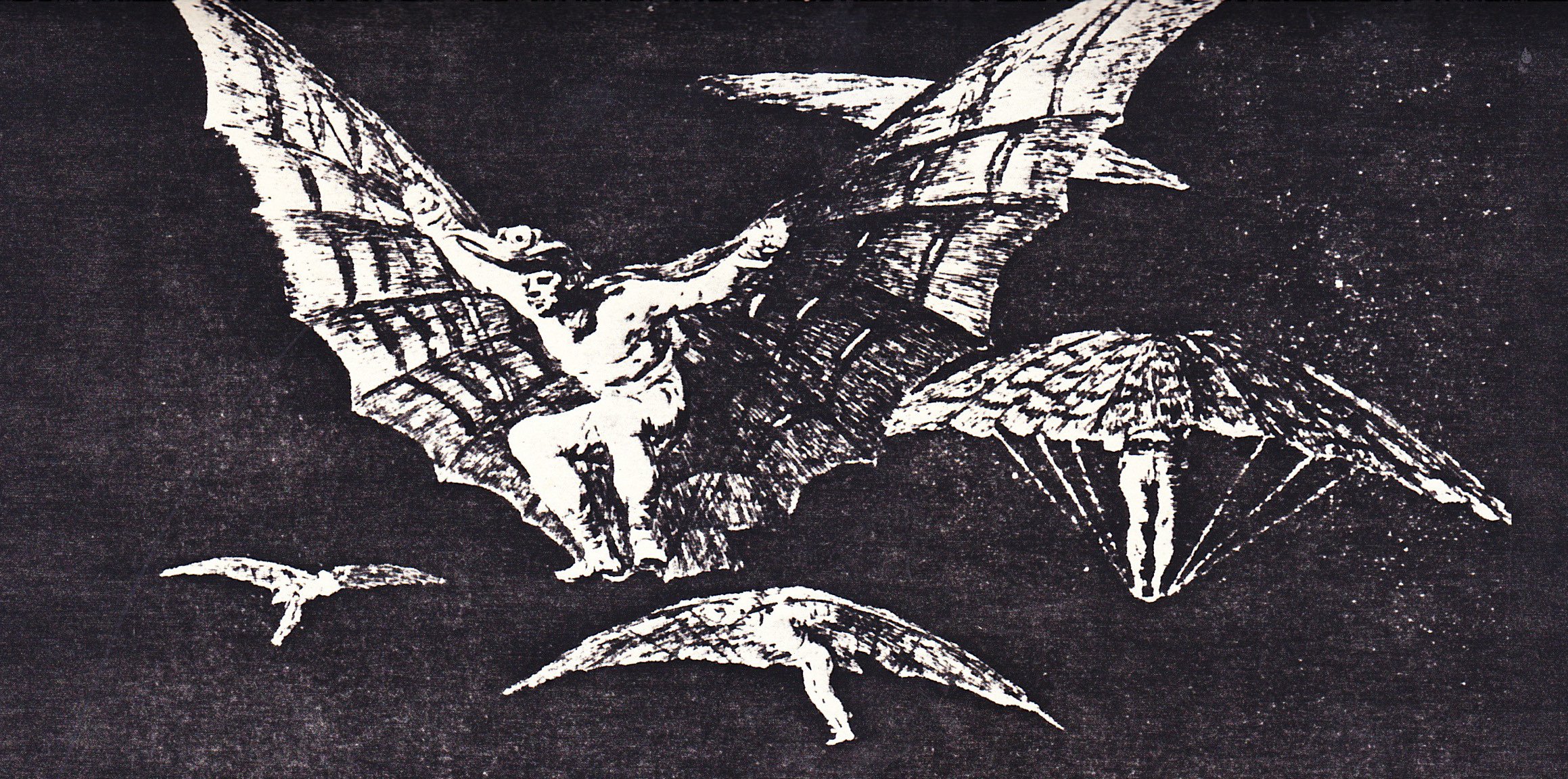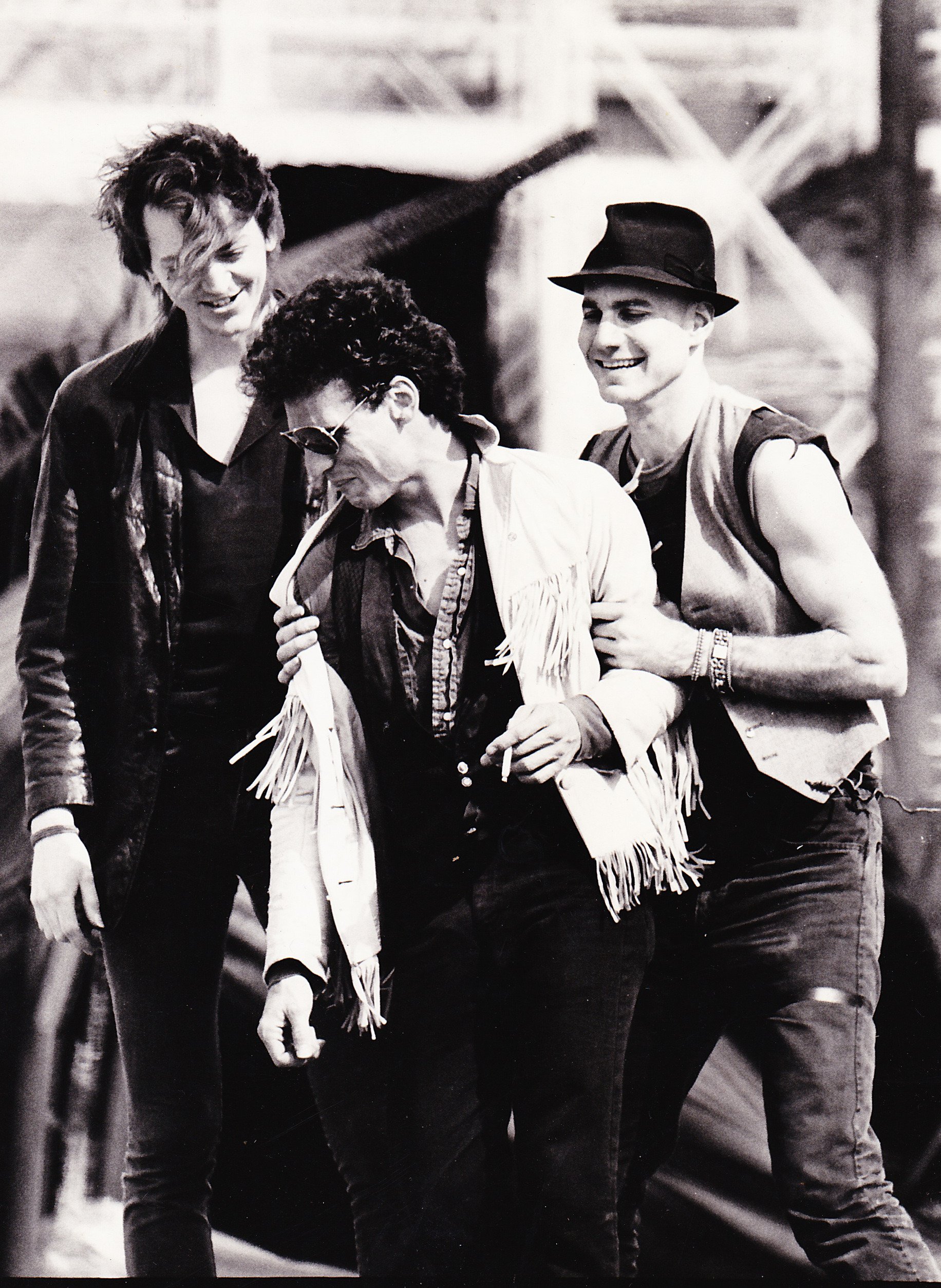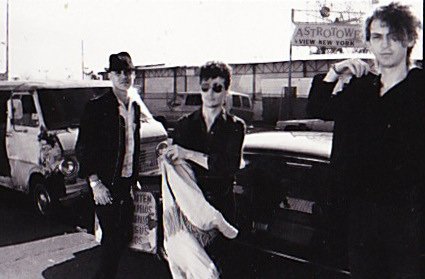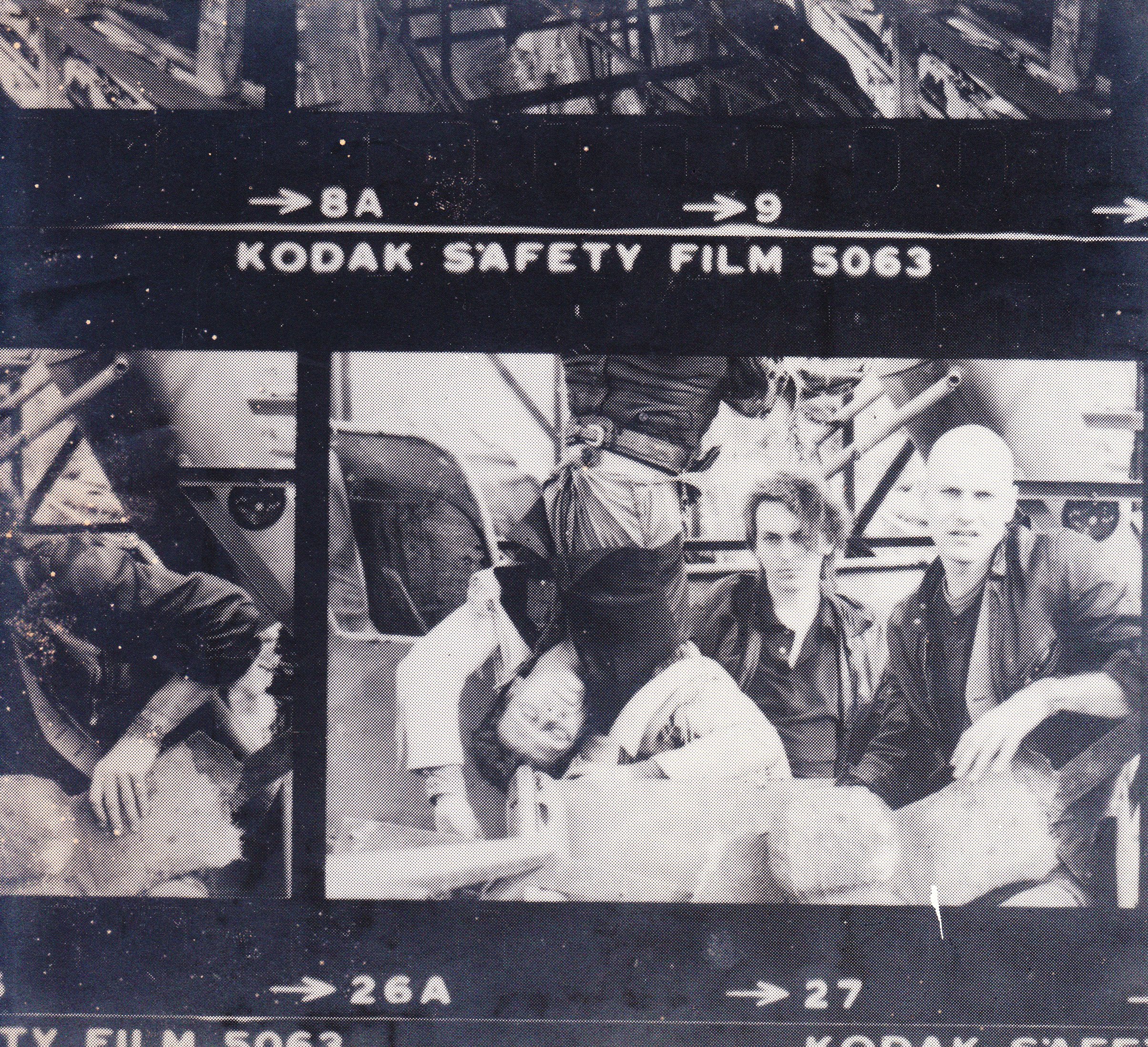Carnival Crash [1980-1982]
In the late 70s, after playing drums in the fabulous band The Situations in San Francisco, I formed Crop with Andrew Nahem, Mark C and Tom Paine. Mark, Tom and I came to New York City but then I left the band, went off with my pal John Griffin and Norman Westberg, who I’d met at an audition, and we three formed Carnival Crash. John was from Bay Ridge, Brooklyn, and lived there. He played everything, but in Carnival Crash he played bass. Norman came from Detroit and played guitar.
We devised a sort of foreboding post punk dark rock sound, we played downtown venues and recorded twice, once with at NOISE New York. In between those sessions we figured we needed a singer, but we couldn’t find one, so I got up and started using the mic, and then we had the great fortune to add James Lo on drums. James was also from Detroit.
So some years ago I re-discovered the tapes from the two sessions and we began to rehabilitate the songs, with the help of David Brown in California, and Tony Maimone here in New York. Michael Jung [Alice Donut] re-engineered, and my brother Andrew and I and Michael re-mixed. Our old friend Jim Reynolds released the CD on his Obelisk label. Here is It Is A Happy Man by Carnival Crash on bandcamp.
God those were fun and stupid times.
“Literally, Carnival Crash gigged for a short while before imploding during a recording session. After the split, Ivan would reunite with his brother Andrew to form the abrasive post-punk and hardcore band Ritual Tension, along with Michael Shockley and Marc Sloan, and Norman would move on to become a permanent member of Swans.
But yet, somehow, Carnival Crash persisted. Not as a live band, of course, they were thoroughly broken up by the time any of their recordings saw the light of day, but as a connecting sinew binding together the proto-punk and punk scenes of the late ’70s to the noise scene of the ’80s. You can hear Carnival Crash attempting to metabolize the cabaret blues of early avant-garde groups like Captain Beefheart into a dark strain of steely art-punk on ‘The Fool,’ and the guitar work on ‘Edge of the Night’ feels like the spiritual antecedent of the sputter-schism riffs Thurston Moore used as the mortar for so many Sonic Youth cuts.”
-New Noise Magazine, 2021


